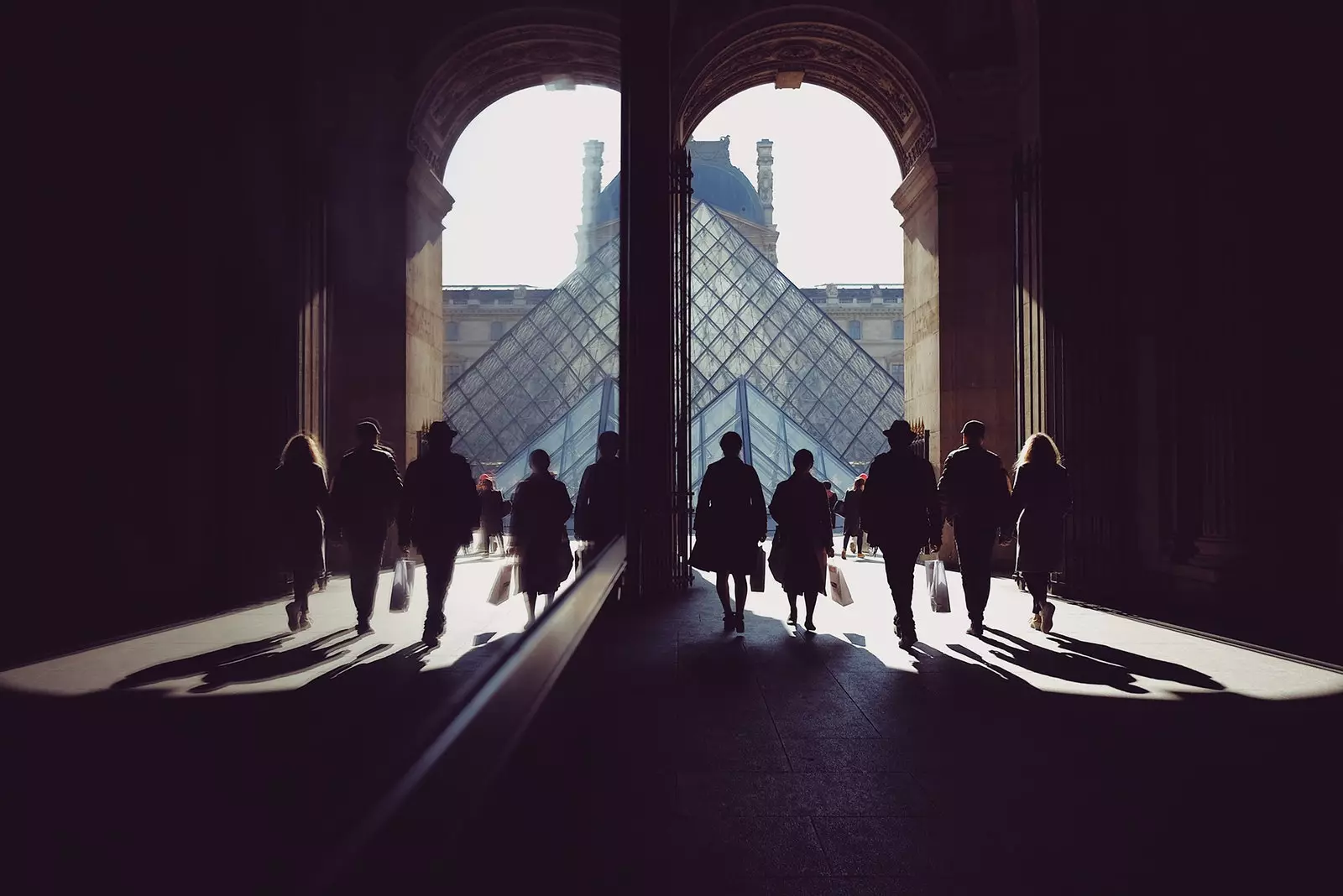
The Louvre Museum, the most visited museum in the world (again)
108.1 million total visits of the 20 most visited museums in the world . This represents an increase of 0.1% compared to 2017.
These are figures (recently published) from the annual report Theme Index and Museum Index this year, published by Themed Entertainment Association (TEA) and AECOM.
just the louvre accumulates ten million two hundred thousand visits of those 108 million . Which makes us rethink: is such a number of visits per year sustainable for an art gallery?
A few months ago the baroque released a video that raised blisters. he titled it art hysteria and announced it in his account with the following statement: "Art hysteria is going to the Louvre... and not knowing what's inside."
Given the comments shown in the video (eye, they can offend sensitivities: perhaps the lightest is that of a Internet user who claims to the Louvre that "la Gioconda is too far away" ) , Miguel Ángel Cajigal (The Barroquist), tells Traveler.es: "So many tourists are hyper-targeted to see four specific things because no one has helped them see beyond those four things. And on top of that, many times they don't even know why they should see those four things. They don't understand them. Although it is a small sample, I think it is very expressive of what many people think but not everyone dares to say. A while ago I started noticing those kinds of comments (using the hashtag #HisteriaDelArte )."
go to go Go to check. Go for crossing off the list of "things to do", that which everyone does and reflects on their social networks. Are we losing analytical capacity? Are we perhaps losing respect for the places we visit? A few months ago we reflected on visits to concentration camps and how in those photographs of smiles, jumps, poses and various frivolities, a total lack of information (pure ignorance, go) was mixed with that click dictatorship. Does the same thing happen with museums? Do we really know how to respect its corridors and the works we observe?
"The true dictatorship is that of star destinations or, in the case of museums, the star pieces. People are not taught to visit museums . They do not know Evaluate a 16th century painting , but they only know how to identify the paintings they know (which are usually not many, because people do not have to be experts in art) . That is why they go to see the Gioconda and, in the same museum, they ignore other more important paintings by Leonardo that are next to it. That is why people move to take a photo in front of the Gioconda's armored camera, but hardly anyone goes to Milan to see Leonardo's paintings that can be seen with practically no one else in the room," reflects El Barroquista.
More recent is his reflection on the mass tourism and culture focused on the phenomenon that occurs in the corridors of the Louvre. The images of the different tweeters about the hordes of tourists approaching the Mona Lisa are moving.
Do we travel to travel? Do we destroy the “must” of the trip without reflecting on what we are seeing, what work we are observing, what does it give us and what moves us inside ? Are the “you have to do this before you die” lists – we sing the mea culpa - destroying sanity?
"The obsession with lists, rankings and must go / must do seems to me catastrophic in general" , comments Ianko López, writer (and historian) of art, "Everything is simplified and reduced. In art, of course, this is especially unforgivable," he concludes.
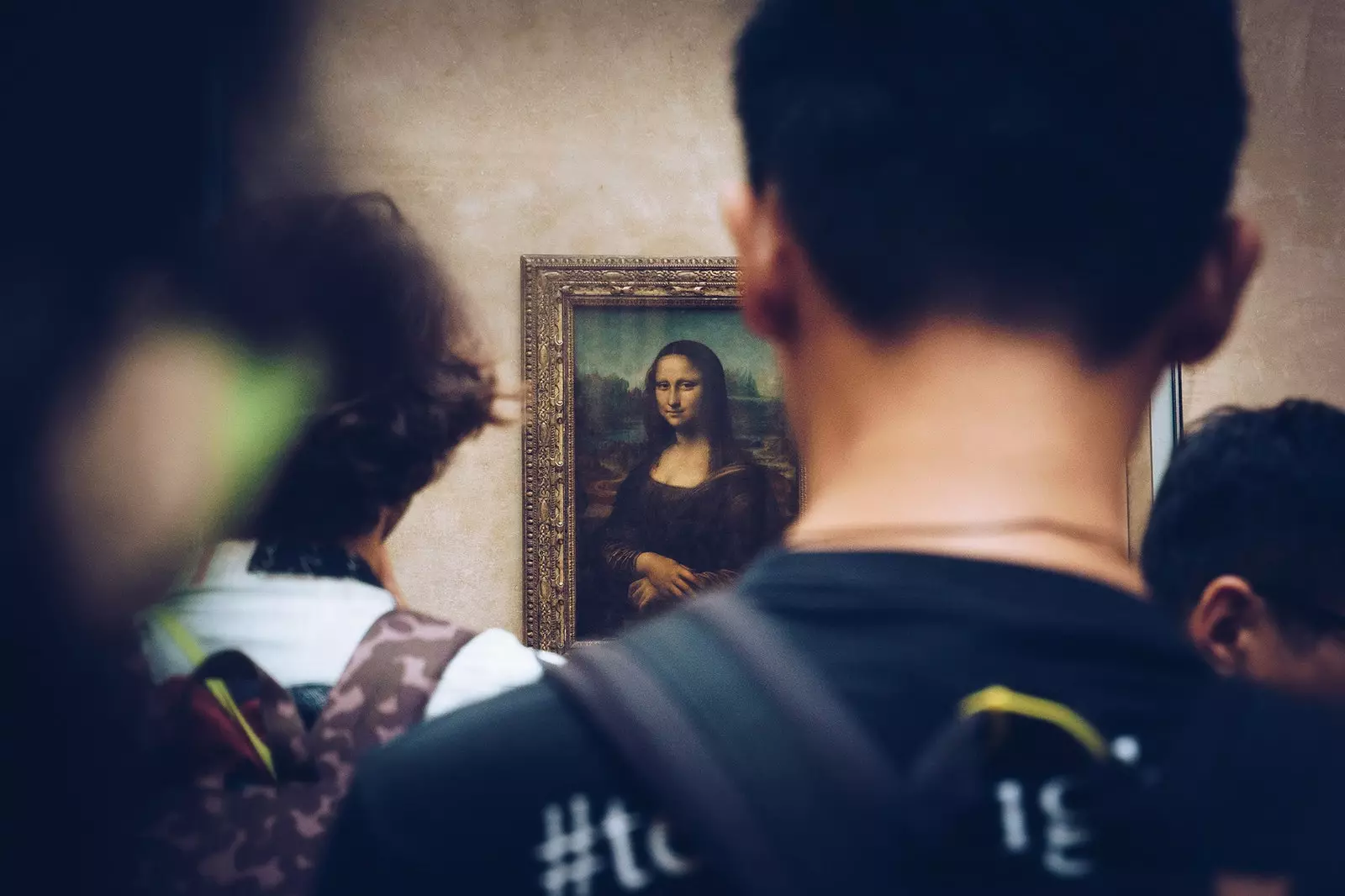
The Mona Lisa, monopolizing the gazes of tourists
A picture is worth a thousand words. And more chilling is the graphic launched by the coordinator of temporary exhibitions of the National Museum of Catalonia, Milena Pi, on his Twitter account on May 3, in which the number of tourists "that accumulate" in the Louvre exhibition for the 500th anniversary of Leonardo Da Vinci was measured (all through the geolocation data of the photos from Instagram).
"Achieving something popular and of quality in the field of art, and also avoiding overcrowding, may seem squaring the circle , but it is not so much. Sometimes, there are oases in the desert: in the Louvre itself people concentrate before the Gioconda or the Victory of Samothrace , but the incredible 18th century French painting rooms are empty . you can see to Watteau almost alone. And in the Reina Sofía, people crowd before Guernica, but the superb temporary exhibitions of him can be seen wonderfully ", defends Ianko López.
**BEYONCÉ'S BLAME FOR EVERYTHING (AND US THE MEDIA, AND THOSE WHO TURN EXHIBITIONS INTO POP CONCERTS AND...) **
In this line, Linda Cheu, Vice President of the Economy and America area of AECOM , states in the report: “Temporary exhibitions and geopolitical stability serve with growth lever for European museums , these being the world market leaders. A key trend that can be observed around the world is the 'mediatization' of exhibitions . The visual moments that can be posted on Instagram are incorporated into museums to capture the most active on social networks. Art has been mixed with interactive exhibits , allowing visitors to enter, touch and move in the work – and, of course, capture it all with your camera-”.
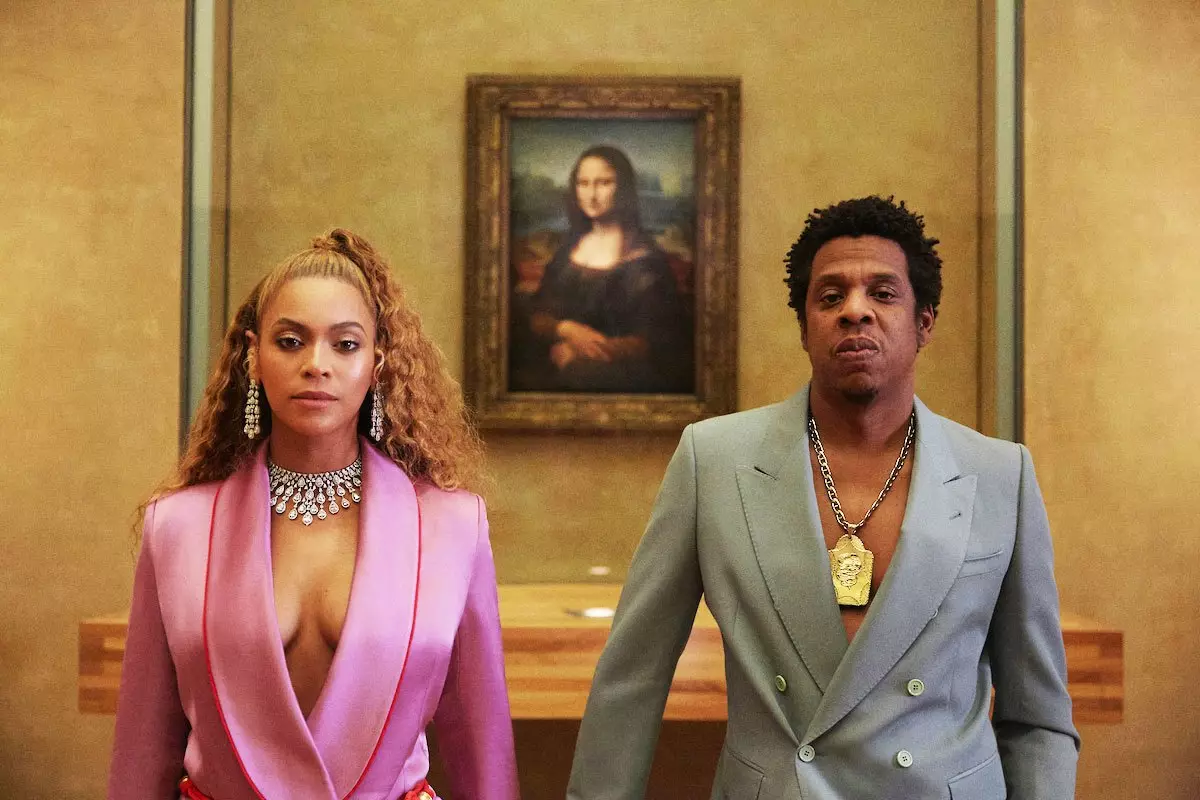
Them and the Gioconda without overcrowding
But for there to be something that captures that attention, what we have to have in front of us is a great WOW effect. The great example of this success is, without a doubt, that of the Louvre. “Several factors have contributed to the figures of the Parisian museum, such as the agitation in social networks of the video ** that Beyoncé and Jay Z shot in the Louvre **. This was very much in line with the intention of the museum for reach audiences that until now had limited access to museums or culture ; In addition, the Louvre has commissioned the most successful temporary exhibition in its history in 2018, that of Eugene Delacroix , which attracted some 540,000 visitors”, analyzes the AECOM report.
It may be that all this emanates a certain elitist "whiff", right?
"If we talk about elitism and we stop to think we will see that the most visited museum in the world (the Louvre) is one of the most expensive and is in one of the most expensive cities. Therefore, that overcrowding would also be related to an elite : that of the people who can afford to travel to Paris and pay the entrance to the Louvre", sentences The Baroquist.
Bruno Ruiz Nicoli, art historian, reflects: "Many museums, such as the Ufizzi in Florence or the Alhambra, have opted for the Advance reservation . This is also done in temporary exhibitions with a massive influx, such as the one held in Madrid on Bosch _(Superstar, as we called it in Traveler a few months ago) _. It should also have prevailed in museums like the Prado or the Louvre. It is not that difficult, but it would produce a decrease in the billing figures, and that does not matter".
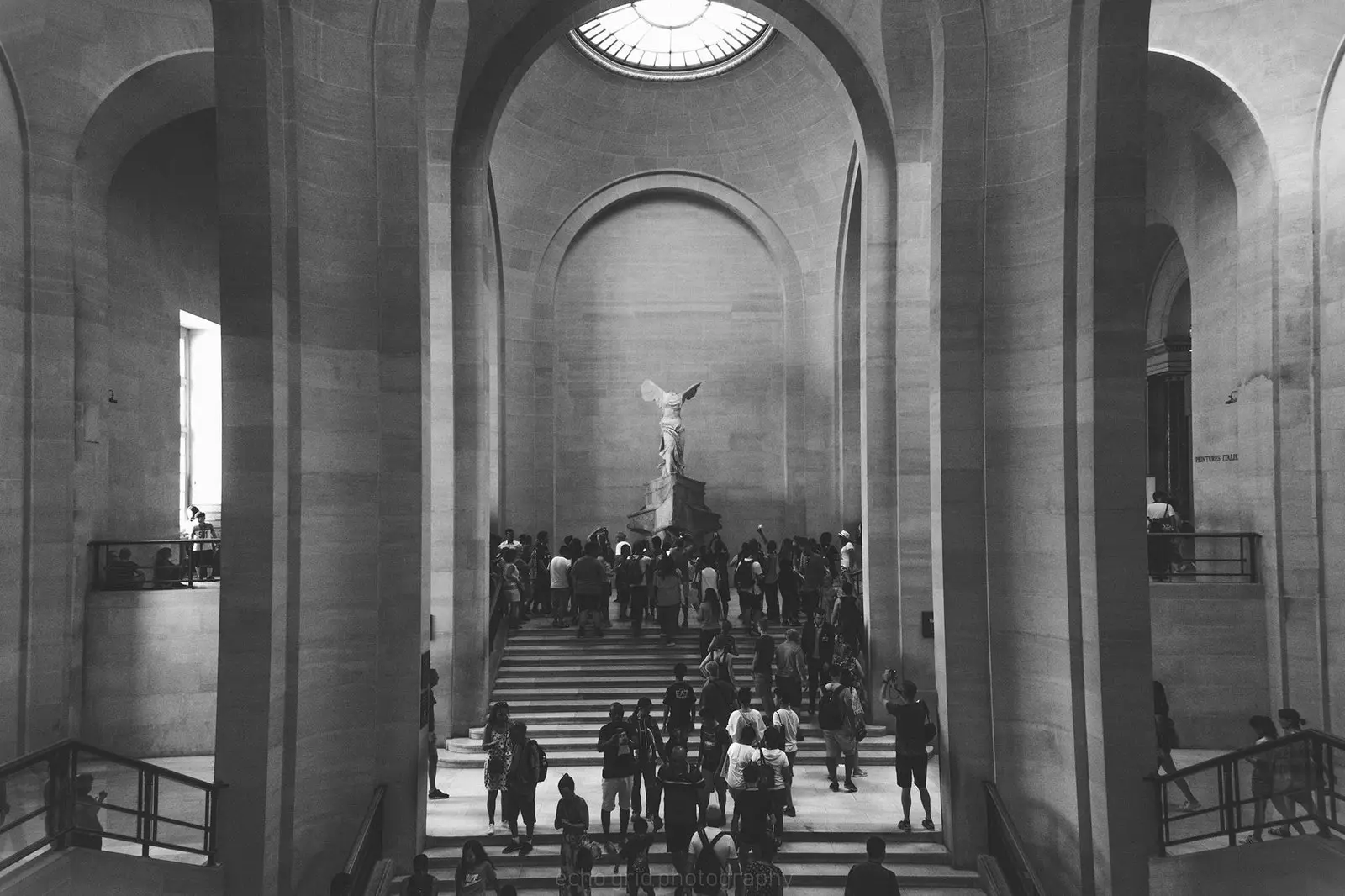
The Louvre has plenty of WOW effect without the need for frills
Is overexposure to screens, visual stimuli and the dictatorship of likes killing our observation and reflective ability ? Is it the era of scattered minds?... If it is, it may seem paradoxical that today more than ever ( let's remember: 108.1 million views ) we want to break into an almost mystical temple, such as a good museum, to “sweep” our social networks.
"Instagram and social networks in general have changed our lives, of course, including our approach to leisure, culture and museums . But for me the phenomenon has to do with the tendency to do the same as everyone else . That is, with something as eternal as the feeling of belonging . It's comforting to know you're doing the right thing, whether it's watching the Gioconda in Paris or eating a pastrami sandwich in New York. The problem is that the implications of both types of experience are often not very different. , which does seem quite dramatic to me," adds Ianko.
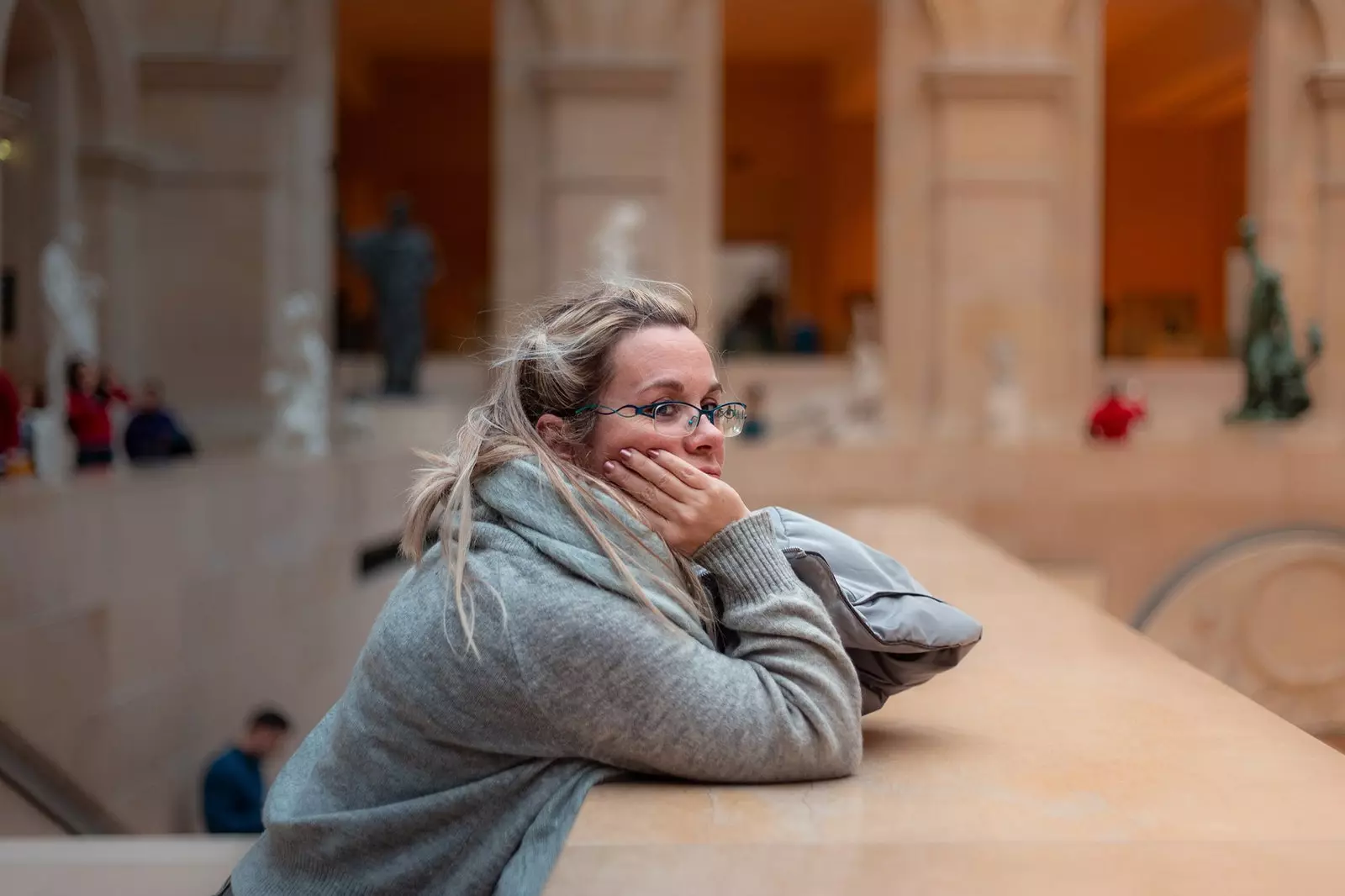
Is it the era of scattered minds?
THE RANKING OF THE MOST VISITED MUSEUMS
After reflection, touch the data. Europe remains the continent with the best museum health in the world. The National Museum of China ranks second with 8,610,000 visitors; third position for New York Met and its 7,360,000 visitors. ) You can check the world top 10 in our gallery ).
And the Spaniards, in what position are our art galleries located? We have to go to number 17 to find the first Spanish museum, the Reina Sofía Museum in Madrid with 3,898,000 visitors in 2018 . followed in the ranking by the Prado Museum (which occupies the 13th position with 2,893,000 visitors).
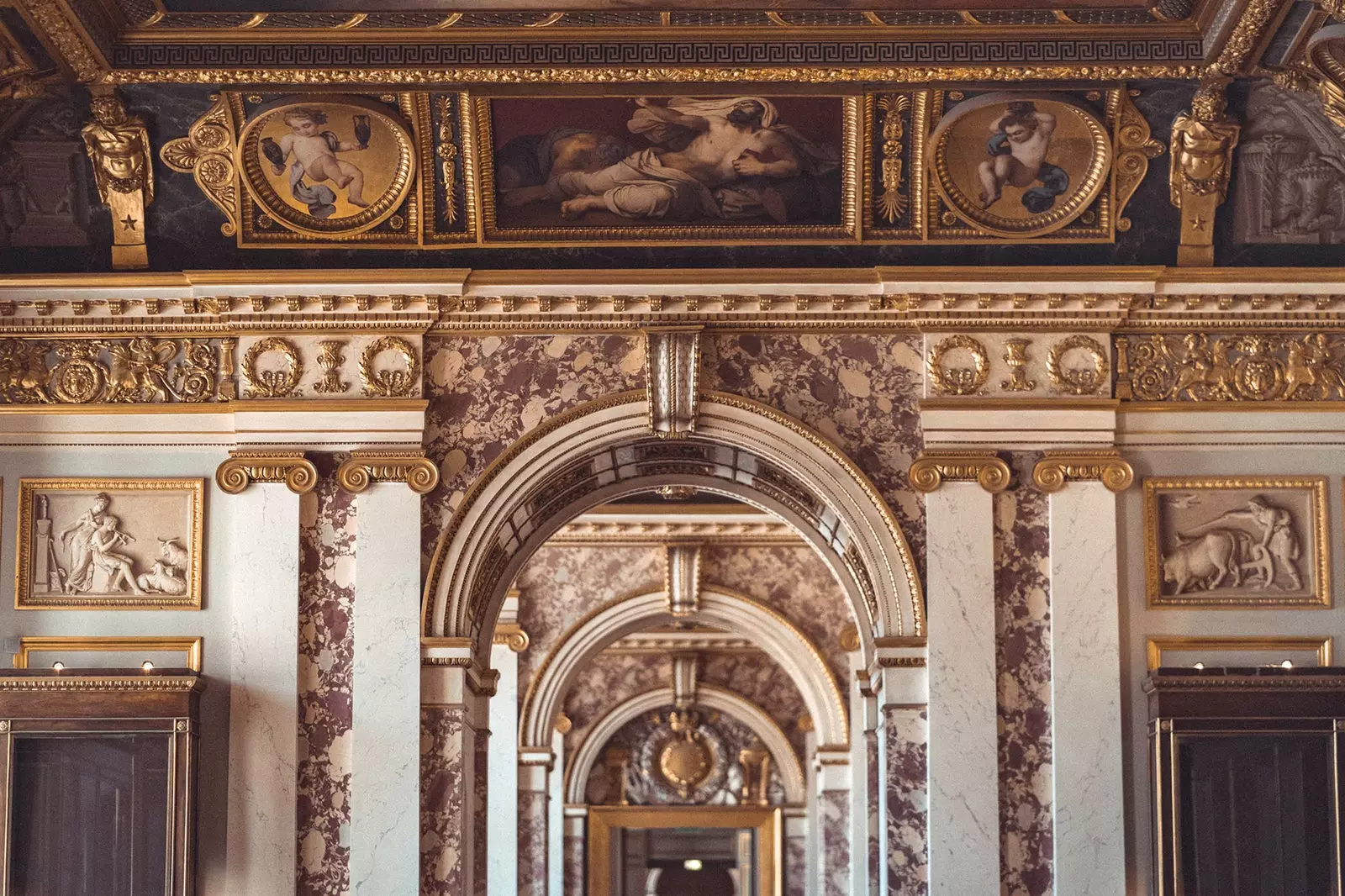
The Louvre in 2018: 10,200,000 visits
After the victory of the Louvre, the great triumph of London: the second European position is for the Vatican Museums (6,756,000 visitors), followed by three representatives of the British capital: the British Museum in London (5,869,000 visitors), the TATE Modern (with 5,829,000 visitors) and the National Gallery , also from London (5,736,000) .
The good health of the exhibits is patent. However, today it would be impossible to reproduce the race of band to part without colliding with several dozen walkers clutching a mobile. And that is indeed a terrible loss.
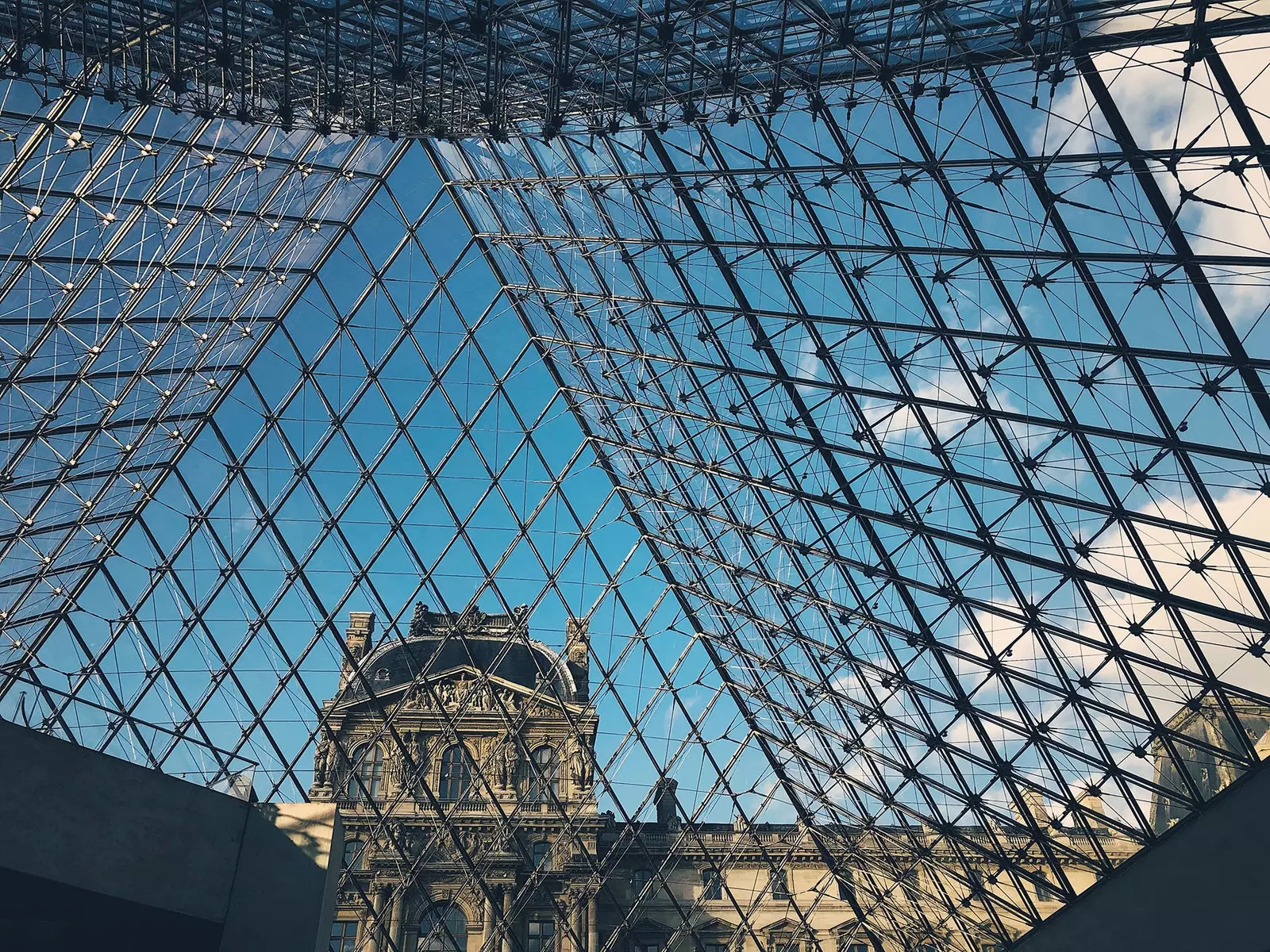
What a pity not being able to reproduce a 'Bande à part'
